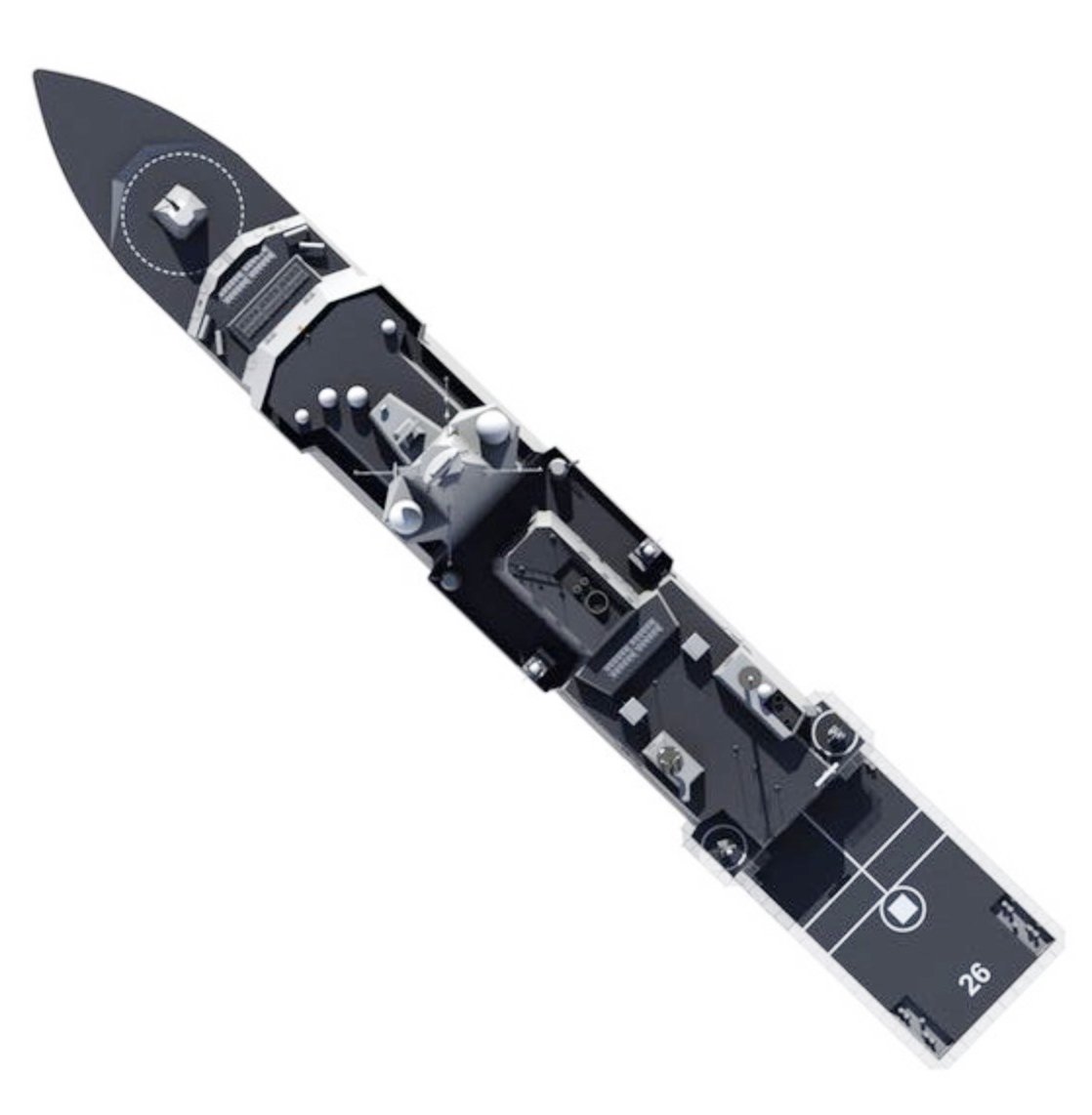Jura The idiot
General
tentative dates inside ( "... However, the spokeswoman gave some indication ...")
Construction Date Set for British Type 26 Anti-Sub Frigates
Construction Date Set for British Type 26 Anti-Sub Frigates
source:Construction work on a new class of anti-submarine warfare frigates for the British Royal Navy is set to get underway in the summer of 2017, Defence Secretary Michael Fallon confirmed during a visit to the BAE Systems shipyard in Scotland, where the vessels will be built.
Subject to final contract negotiations, steel will be cut on the first of what is expected to be a fleet of eight Type 26 frigates destined to replace the current Type 23 vessels now in service.
The Ministry of Defence (MoD) also announced the award of a £100 million (US $124 million) demonstration and manufacture contract for one of the key weapons destined for the warship — the MBDA-built Sea Ceptor anti-air missile.
The missile has already been ordered to upgrade Type 23 air defences and has been purchased by several foreign navies.
The announcement of the intention to start building the frigates follows more than two years of haggling between BAE and the MoD over the cost of the program.
Fallon’s announcement during a visit to BAE’s Govan yard, near Glasgow, Scotland, signals that the two sides have closed the gap on cost to the point where they are confident enough to announce a construction start date, even though the final details have yet to be agreed.
BAE is expected to complete demonstration phase work on the frigate in June 2017, so the largely symbolic act of cutting first steel is likely to take place around that time.
The original plan was to start construction work by cutting first steel this year, but that was delayed by the arguments over cost and other factors.
Nevertheless, progress on the program has been largely maintained by the award of contracts to the supply chain for long-lead item and other equipment for the first three warships and the award to BAE of demonstration phase contracts.
In total, £1.9 billion has been invested in the program to date, according to an MoD statement.
The warships are urgently needed by 2023 to replace the first of the early-build Type 23s.
A BAE spokeswoman wasn’t able to give the planned, in-service date for the first vessel.
However, the spokeswoman gave some indication of the intended delivery rate, saying the work on the second of the 7,000-ton warships is scheduled to start around 25 months after cutting of steel on the first vessel. The third ship will follow 20 months after that, before the program settles into an 18-month drumbeat of delivery.
The warships will be built at Govan and BAE’s nearby Scotstoun yard.
Govan is currently building three offshore patrol vessels (OPV) for the Royal Navy, and a deal between BAE and the MoD for an additional two Type 26s is expected to be signed soon.
The first of the five OPV’s is scheduled to start sea trials early next year.
The OPV orders have helped maintain vital skills at the yards, bridging the gap between the run-down of the Royal Navy’s aircraft carrier construction program and the start of the Type 26 work.
The first of the two 70,000-ton Queen Elizabeth-class carriers is scheduled to start sea trials next year.
“The UK government’s commitment today will secure hundreds of high-skilled shipbuilding jobs on the Clyde for at least two decades and hundreds more in the supply chain across Britain,” Fallon said during his visit to the Govan yard.
BAE had expected to build 13 of the Type 26 frigates, but the order was scaled back to eight in the 2015 Strategic Defence and Security Review (SDSR).
The MoD intends to replace the five canceled warships with the same number of lighter, general-purpose frigates; although the SDSR held out the long-term prospect of building additional vessels to boost the Royal Navy's surface combatant fleet beyond the current plan of six Type 45 destroyers and 13 frigates.
Preconcept studies on the light frigate are continuing, including work on selecting a design. Babcock, BAE and BMT designs are in the running.
The building plan for the general-purpose frigates is expected to form part of a soon-to-be-published national shipbuilding strategy being considered to take the industry forward beyond current orders.
The strategy document is already circulating among senior government officials and top industry executives ahead of publication.
It’s possible the strategy will recommend adopting a modular approach to the building of the general-purpose frigates with shipyards other than BAE also securing work in a similar fashion to the successful policy employed to deliver the aircraft carriers.
A BAE-led industry alliance assembled the carriers, but modules were built by several yards across the UK and floated up to a site at Rosyth, Scotland, where the sections were bolted together.


